I had a wonderful “meet and greet” with an experienced, smart group of mortgage originators and a number of them had the same basic question (with a not-so-basic answer)…”How long can bad items remain on my clients’ credit reports?” In response, I’ve made a list for you. Print it. Memorize it. Tattoo it on your arm (just kidding…sorta). Bust these facts out when a buyer/borrower asks and you will be a credit hero!
Negative information
- Late payments are removed seven years from the date of occurrence.
- Charge-offs, settlements, foreclosures and repossessions are removed seven years from the date they became 180 days past due, or went into default.
- Accounts turned over to collections remain seven years from the time they went 180 days delinquent or into default.
- Defaulted student loans that are guaranteed by the government can remain on your credit report for 7 years from the date they were paid.
Public Records
- Bankruptcy – Chapter 7s are removed from the credit report ten years from the filing date.
- Discharged bankruptcy Chapter 13 is removed seven years from the date discharged. It normally takes three to five years for a Chapter 13 to discharge, so that is when the 7 years begins. The cap on all bankruptcies is ten years, so most Chapter13’s remain on file for a full ten years, just like Chapter 7’s.
- Judgments stay on the credit report seven years from the filing date, whether satisfied or not.
- Foreclosures are removed seven years from the filing date of the foreclosure.
- Released tax liens (federal, city, state and county liens) remain seven years from the date released. This includes liens settled for less than you owe.
- Unpaid tax lines can remain on your credit report indefinitely.
- Paid and withdrawn tax liens are removed immediately upon request.



